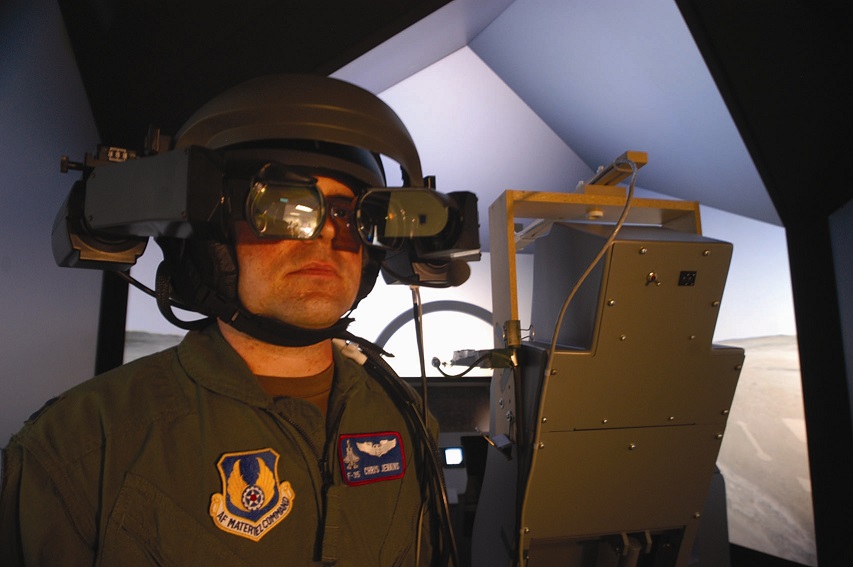This post is also available in:
 עברית (Hebrew)
עברית (Hebrew)
Over the past few years, the U.S. military has developed — and in some cases, even actually used — high tech wearable devices that might be standard issue for the new breed of military men and women. wearablezone.com elaborates on the ways the military uses (or might use) wearables.
1) Increase Medic Response Time And Reduce Traumatic Brain Injury (TBI)
That’s why DARPA developed a blast gauge. These devices attach to the helmet, shoulder, and chest. When exposed to a blast from an explosive device, they measure its impact and cue medics for an initial response.
2) Personal Heads Up Display for Pilots
Pilots have used the Heads Up Display (HUD) to learn flight data for decades. But a recent invention from Elbit called the ClearVision Enhanced Vision System promises to take the concept from the windshield to the pilot’s goggles. These glasses also have the potential to increase the safety of flying.
3) Train Marines With Virtual Reality
A virtual reality training system called Augmented Immersive Team Training (AITT) takes normal training environments and uses VR to simulate combat situations. Tanks, helicopters, and enemy troops all appear to populate the landscape. This removes the practical limitations around repeated training and makes marines more equipped to handle real situations.
4) Augment Reality For Ground Troops
Augmented reality isn’t merely useful for training. It might also be used by actual deployed soldiers who need to learn more about their environment. That’s the vision behind Urban Leader Tactical Response, Awareness and Visualization (ULTRA-Vis). The system, developed by DARPA, allows soldiers to instantly gather data about their environment.


























